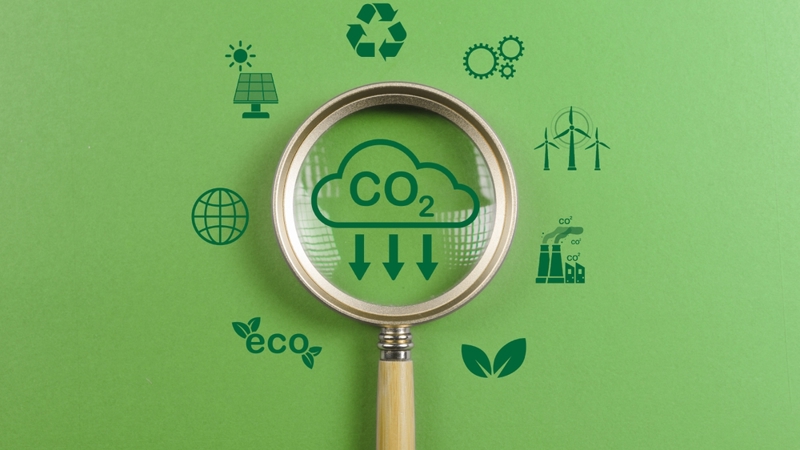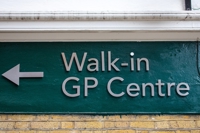
A key challenge in meeting Net Zero will be ensuring a fair and efficient distribution of costs and benefits associated with the transition, with a major transformation of residential buildings and surface transport required to ensure that the UK is on track.
The required investment in energy efficiency of buildings and low-carbon heating as well as a shift to electric vehicles will involve different costs and benefits for different households.
As part of its distributional analysis for the Seventh Carbon Budget, we were commissioned by the UK’s Climate Change Committee (CCC) to develop an Excel-based model that could be used to assess the distribution of costs and savings to households under different low-carbon heat and transport policy to deliver Net Zero.
Customer archetypes: how different policies affect different households
Using clustering analysis, we developed 15 household archetypes that represent distinct groups in the UK population that are differentiated by the main drivers of their home energy and transport costs. These archetypes vary across a broad array of characteristics, including income, heating technology, building type, tenure, and the number and type of cars.

Caption: Our 15 archetypes help understand policy implications across different UK households
The model includes an ‘empty’ archetype which the user can populate to assess the impact of policy for a specific type of household. One potential use of this archetype is to consider an archetype already in the model and change only one characteristic – for example whether they own a car – to understand the implication of specific characteristics on the costs of the net zero transition.
Read the full report
Our full Net Zero Distribution Model methodology report is available on the Climate Change Committee's website
Click here.
A model to assess the effects of Net Zero policies
We then modelled over 20 different policies (e.g. grants for heat pumps or road pricing charges) that could be implemented in residential buildings and surface transport to meet Net Zero – and how these would impact household and transport costs and savings.
The starting point in the model (i.e. if the user does not select to apply any policies) is that the user of the technologies bears the cost / benefits of taking up and using that technology under the CCC’s uptake scenario. Distributional policies can then be ‘layered on’ by the model user to assess the consequences for distribution, relative to the ‘user pays/user benefits’ starting point.
Users can select different combinations of policy instruments that will drive a decarbonisation measure for selected households, including who the policies target (e.g. low-income households) and how they might be funded (e.g. via progressive taxation).

Caption: our model shows the effects when different decarbonisation models are applied across UK households
The model then calculates the total costs (or revenues) associated with providing these policies to all households and distributes these across the 15 archetypes. The model calculates the change in household-level costs for each archetype and snapshot year, relative to the CCC’s baseline. The change in costs includes: i) upfront capital costs of technologies and retrofits; ii) ongoing (non-fuel) costs (e.g. maintenance), iii) energy costs (e.g. electricity / gas costs or petrol / diesel costs); and iv) additional costs / benefits such as changes in grants or general taxation (due to policies).
Exploring unanswered policy questions
As part of the Seventh Carbon Budget, the CCC used our model to test the impact on different consumer types of different ‘Policy Packages’.
However, this type of modelling approach can be used to answer many other policy questions, such as:
- What are the distributional effects of proposed policies?
- How could net zero policies be funded?
- What are the risks for low-income households and the fuel poor of the net zero transition?






